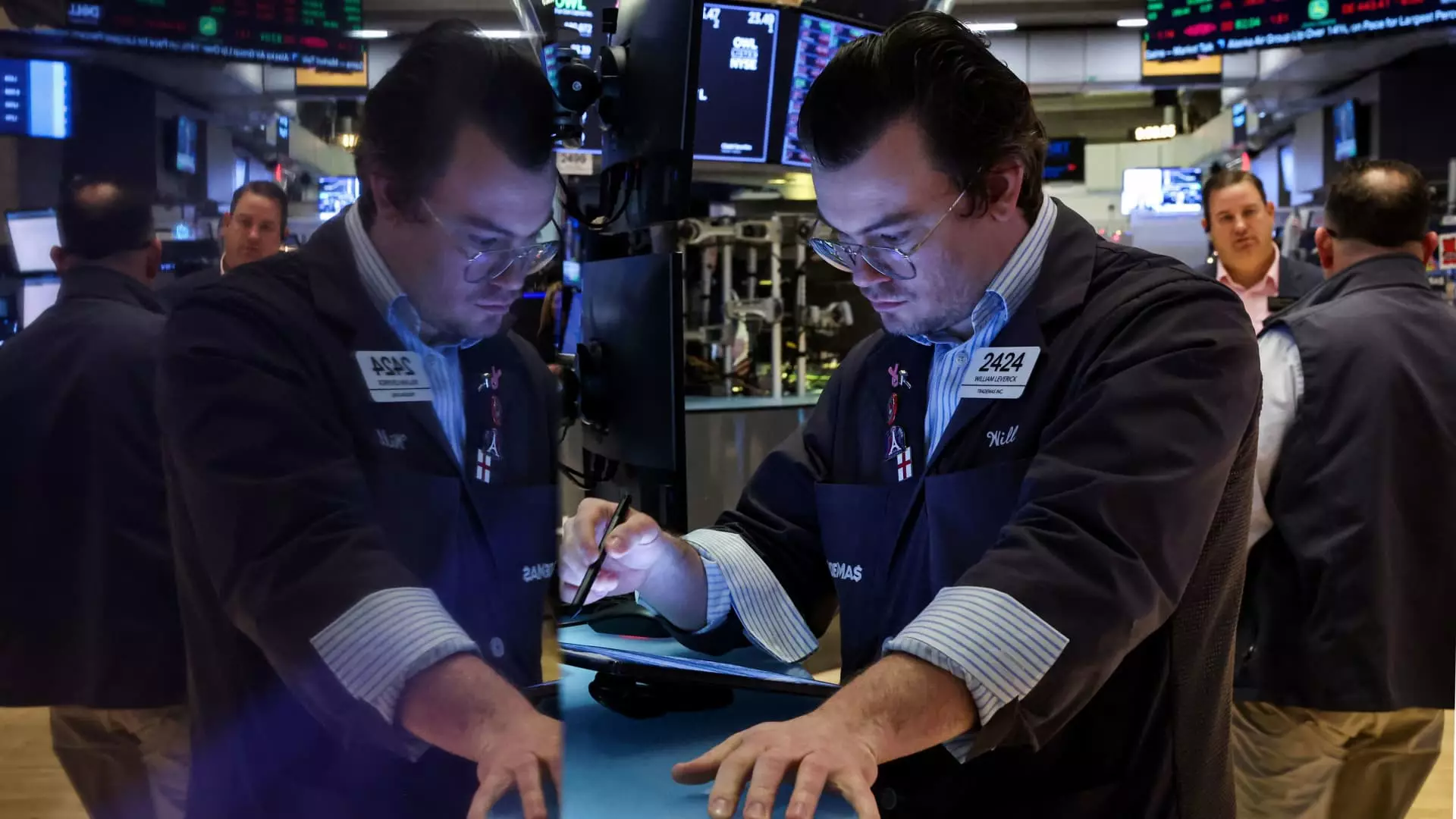In the realm of stock market indicators, the Dow Jones Industrial Average (DJIA) stands out as a key barometer for economic health in the United States. However, the index has recently found itself in a troubling streak, experiencing nine consecutive days of declines — its longest retreat since February 1978. As worries mount, it’s crucial to dissect this phenomenon, identify the underlying factors contributing to the downturn, and understand whether investors should be genuinely alarmed.
The performance of the DJIA is heavily influenced by the companies within it, and during this protracted decline, UnitedHealth has emerged as a significant contributor. The health insurance titan has witnessed a staggering 20% decline in value this month alone, primarily due to recent controversies and political vows regarding the pharmaceutical industry. The fallout from President-elect Donald Trump’s assertion to “eliminate” drug-industry intermediaries has triggered widespread sell-offs among pharmacy benefit managers, UnitedHealth being no exception.
Moreover, the passing of Brian Thompson, CEO of the company’s insurance division, only adds to the turmoil, resulting in additional investor hesitation. Alongside UnitedHealth, there has been a noticeable shift away from cyclical stocks like Sherwin-Williams, Caterpillar, and Goldman Sachs, typically viewed as barometers of economic vitality. A clear pattern emerges: initial optimism boosted by Trump’s re-election has waned, causing these influential stocks to sustain significant losses and exert downward pressure on the DJIA.
Despite the concerning downtrend in the DJIA, broader market indicators suggest that investor sentiment is not entirely pessimistic. The S&P 500 recently achieved new heights, while the tech-focused Nasdaq Composite has also set records. This juxtaposition highlights a troubling discrepancy in market performance; the DJIA’s recent struggles seem at odds with a generally robust market environment led by technology stocks.
Although fresh concerns regarding economic weakness were triggered by a slight uptick in jobless claims last week, the prevailing outlook for 2025 remains optimistic. Most investors do not foresee an impending economic crisis akin to the stagflation that afflicted the U.S. in the late 1970s. Instead, they appear to be bracing for a potential rebound, especially in light of oversold conditions spurred by recent market corrections.
One critical aspect often overlooked is the outdated structure of the Dow itself. Established over a century ago, the DJIA is a simple average of the stock prices of just 30 companies, rendering it less reflective of contemporary market dynamics. In a market increasingly dominated by tech giants, its price-weighted nature means that the gains seen in larger stocks like Apple, Amazon, and Microsoft can’t effectively buoy the index due to their inherent weight limitations.
Mitchell Goldberg from ClientFirst Strategies underscores this disparity, suggesting that the evolving nature of the economy and investor behavior indicates a need for modernization within the index’s framework. Instead of adapting to the contemporary landscape, the DJIA seems to be entrapped in obsolescence, misrepresenting current economic realities and investor interests.
As the market braces for a Federal Reserve decision this week, many investors are hoping for a turnaround. The prevailing sentiment from several traders is that the DJIA’s retreat may be temporary, inviting optimism for a resurgence spurred by corrective measures from policymakers. The interconnectedness of the market means that a resolution could invigorate not just the DJIA but also enhance overall market confidence.
While the recent decline of the Dow Jones Industrial Average is concerning, it may not warrant outright panic. A closer examination reveals a mixture of transient political events, evolving investor attitudes, and the inherent limitations of the index’s design. In navigating such tumultuous waters, investors must remain vigilant, adapt to ongoing trends, and factor in broader market signals to make informed decisions moving forward.

